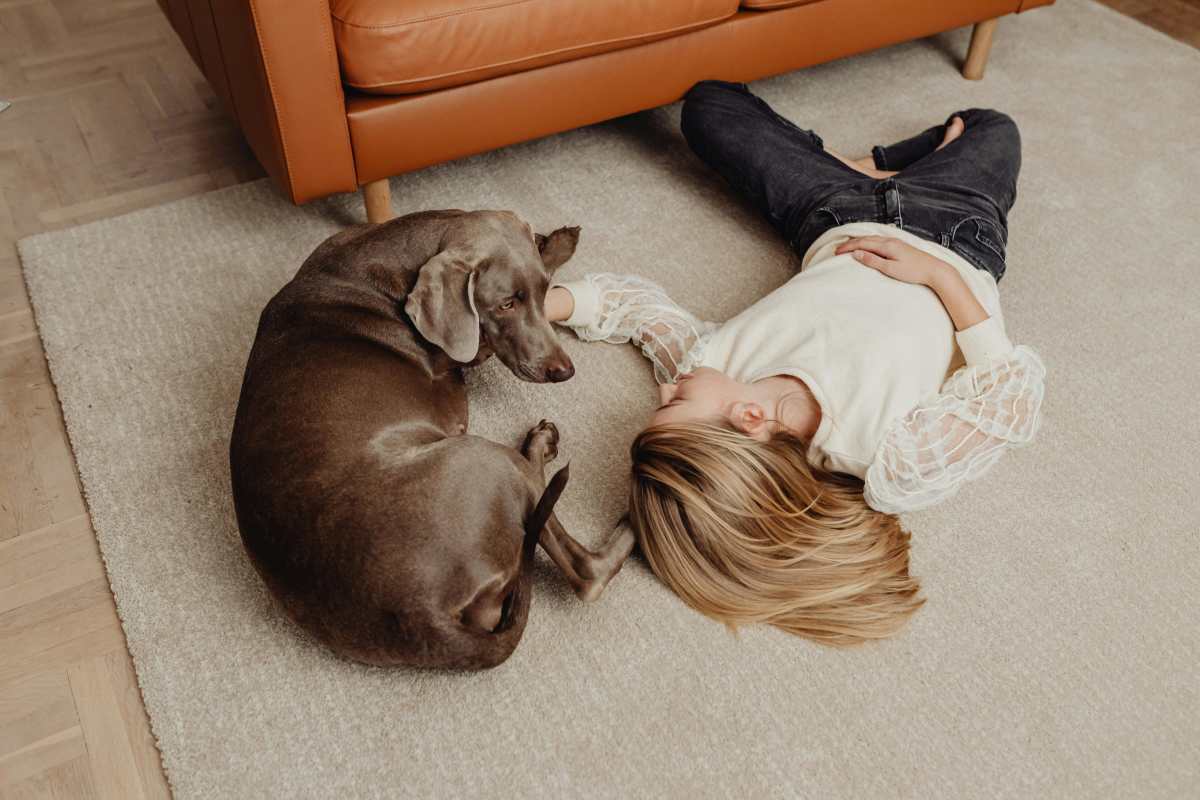Woman ignored her dog when he kept burrowing his head against her breast – but what she discovered when another dog did the same changed her life

Dogs can be very intuitive. While we hear many stories of these four-legged heroes saving lives, one woman was confused to find her dog nudging her chest until she discovered the reason behind it. Breanna Bortner owned a Cockapoo, Mochi. Mochi and her sister-in-law's dog, Gunner, played a surprising role in uncovering a shocking truth about her health.

Thirty-year-old Breanna Bortner owned a two-year-old Mochi, whose strange habit caught her attention. According to Tyla, in the spring of 2023, the Cockapoo began nudging and burrowing his head against Breanna's breast. At first, Breanna was confused by the odd behavior and decided to let it go until she noticed Gunner doing the same thing. She had already undergone a breast examination that had come back clear, so she didn’t suspect anything serious. But when she went for a reexamination, she found that she was blindsided by a diagnosis of stage 2B triple-negative invasive ductal carcinoma, which was described as "one of the most aggressive forms of breast cancer, notoriously resistant to many treatments."

Although it has been said that the survival rate of this particular strain is 100 percent in the earlier stages, it may drop to 31 percent if the cancer spreads to the lymph nodes. Breanna went through 16 rounds of chemotherapy in the following months, a year of immunotherapy, and a double mastectomy. In her blog, Brave Beautiful Boobies, she credited the dogs for helping her catch the disease early.
Talking about her inseparable bond with Mochi, Breanna mentioned, "He really turned into my healing buddy. It's pretty cool to see it come full circle and for him to be there from the time I found the lump all the way through finding out I was cancer-free."

Dogs have a remarkable ability to sense when their humans aren’t feeling well. Breanna's story reminds us of Christine Sams' dog Lexi, who was always fixated on a tiny freckle on her leg. Initially, Sams ignored this behavior, but when Lexi’s persistent sniffing continued, she paid a visit to the doctor, where she found the grave truth. A biopsy revealed Stage 1 melanoma, which she removed surgically, and she has been in remission for ten years. Unfortunately, months later, Lexi was diagnosed with a pancreatic tumor that was inoperable. While Sams and her husband continue to care for her, she hopes that her condition stabilizes soon.

In a 2015 study published by Cornell University, researchers explored whether dogs can distinguish between individuals with cancer and those with noncancerous cells through exhaled breath, blood, urine, etc. The researchers synthesized results from multiple studies (including dogs identifying bladder, prostate, lung, breast cancers via VOCs) and drew methodological issues such as sample preparation, control choice, training protocols, and study size. The study concluded that while "canine detection may be unsuitable for clinical implementation," it can be used as an aid for laboratory investigations.